Did you happen to see a chart that spoke of fruit exports, and each column of the chart was filled with pictures of a particular fruit type rather than the conventional solid color fills or geometric patterns. For instance, if you wanted to show how the export of grapes has increased over the years, your column chart would have all columns filled with pictures of grapes stacked one over the other.
Follow these steps to apply picture fills to any chart series in PowerPoint 2007 for Windows:
- To add a picture fill to chart series, you must start with an existing chart in your presentation. For this tutorial, we use a column chart, as shown in Figure 1, below.

Figure 1: Column Chart - Select the data series, as shown in Figure 2, below. Alternatively, you can select any chart element from the Chart Tools Layout tab of the Ribbon.

Figure 2: Selected data series - Activate the Chart Tools Layout tab of the Ribbon. Towards the extreme left of the Ribbon tab. Make sure that you have the correct data series selected. Then, click the Format Selection button, as shown in Figure 3, below.
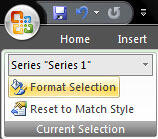
Figure 3: Format Selection - This action summons the Format Data Series dialog box, as shown in Figure 4, below.
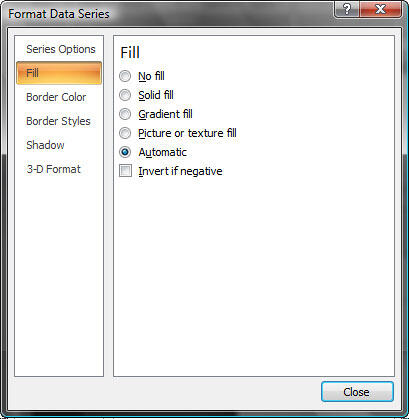
Figure 4: Format Data Series - Within the Format Data Series dialog box, select the Fill tab on the left pane. And from the right pane choose Picture or texture fill, as shown in Figure 5, below.

Figure 5: Picture or texture fill - Within the Picture or texture fill option, under Insert from: click the File button, as shown in Figure 5, above.
- Doing so brings up the Insert Picture window, as shown in Figure 6, below. Navigate to, and select the picture you want to use, and then click the Insert button.

Figure 6: Select a picture
Use Suitable Pictures
- Try and use simple pictures as far as possible with few colors and less detail. If you choose very detailed pictures with too much color, you might lose the impact of this technique altogether.
- As you can see in Figure 5, above, there are several other options available, as explained below:
1. Stretch
- This option stretches the picture to fit within the series, as shown in Figure 7, below.
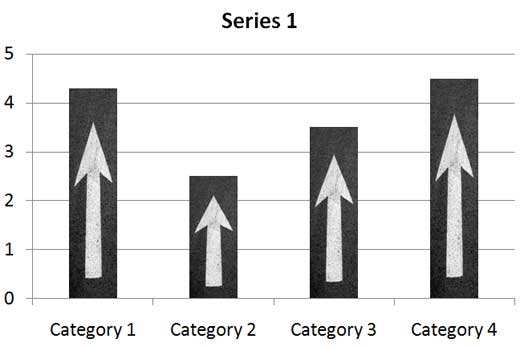
Figure 7: Stretch 2. Stack
- Creates copies of the picture in a way so they can be placed on top of each other, Figure 8, below, shows how.
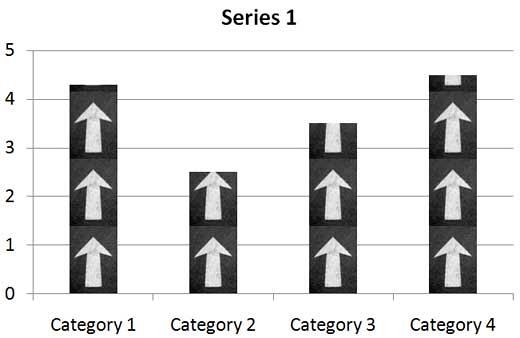
Figure 8: Stack 3. Stack and scale with units/picture
- Here you can insert the numbers of units for per picture, as shown in Figure 9, below, where we used 2 as the number to stack and scale.
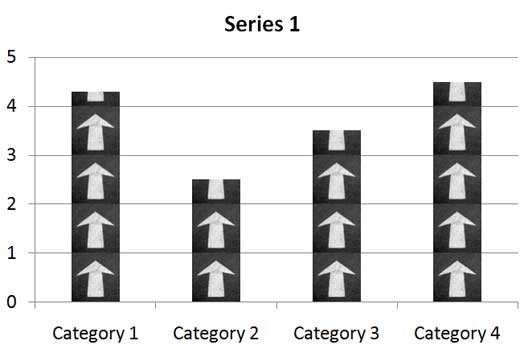
Figure 9: Stack and scale with units/picture - There are some other options also such as stretch offsets were you can set the placing of the picture, apply Transparency, and rotate the picture with the shape.
- When done, click Close to get back to the chart.
- Save your presentation often.












